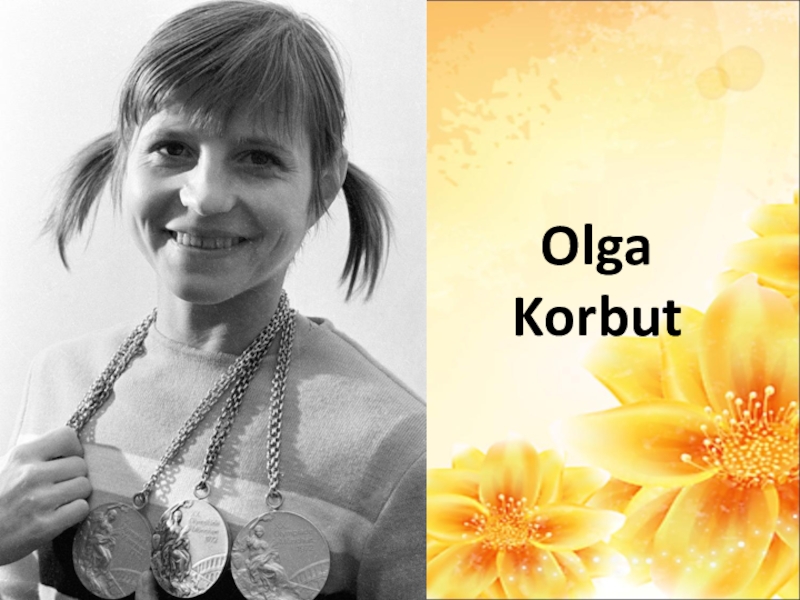- Главная
- Разное
- Образование
- Спорт
- Естествознание
- Природоведение
- Религиоведение
- Французский язык
- Черчение
- Английский язык
- Астрономия
- Алгебра
- Биология
- География
- Геометрия
- Детские презентации
- Информатика
- История
- Литература
- Математика
- Музыка
- МХК
- Немецкий язык
- ОБЖ
- Обществознание
- Окружающий мир
- Педагогика
- Русский язык
- Технология
- Физика
- Философия
- Химия
- Шаблоны, фоны, картинки для презентаций
- Экология
- Экономика
Презентация, доклад по английскому языку Types of wounds
Содержание
- 1. Презентация по английскому языку Types of wounds
- 2. Wounds When you consider the manner in which
- 3. ABRASIONS Abrasions are made when the skin is
- 4. INCISIONS Incisions, commonly called CUTS, are wounds made
- 5. LACERATIONS These wounds are torn, rather than cut.
- 6. PUNCTURES Punctures are caused by objects that
- 7. AVULSIONS An avulsion is the tearing away
- 8. AMPUTATIONS A traumatic amputation is the nonsurgical
Wounds When you consider the manner in which the skin or tissue is broken, there are six general kinds of wounds: abrasions, incisions, lacerations, punctures, avulsions, and amputations. Many wounds, of course, are combinations of two or more of
Слайд 2Wounds
When you consider the manner in which the skin or tissue
is broken, there are six general kinds of wounds: abrasions, incisions, lacerations, punctures, avulsions, and amputations. Many wounds, of course, are combinations of two or more of these basic types.
Слайд 3ABRASIONS
Abrasions are made when the skin is rubbed or scraped off.
Rope burns, floor burns, and skinned knees or elbows are common examples of abrasions. This kind of wound can become infected quite easily because dirt and germs are usually embedded in the tissues.
Слайд 4INCISIONS
Incisions, commonly called CUTS, are wounds made by sharp cutting instruments
such as knives, razors, and broken glass. Incisions tend to bleed freely because the blood vessels are cut cleanly and without ragged edges. There is little damage to the surrounding tissues. Of all classes of wounds, incisions are the least likely to become infected, since the free flow of blood washes out many of the microorganisms (germs) that cause infection.
Слайд 5LACERATIONS
These wounds are torn, rather than cut. They have ragged, irregular
edges and masses of torn tissue underneath. These wounds are usually made by blunt, rather than sharp, objects. A wound made by a dull knife, for instance, is more likely to be a laceration than an incision. Bomb fragments often cause laceration. Many of the wounds caused by accidents with machinery are lacerations; they are often complicated by crushing of the tissues as well. Lacerations are frequently contaminated with dirt, grease, or other material that is ground into the tissue; they are therefore very likely to become infected.
Слайд 6PUNCTURES
Punctures are caused by objects that penetrate into the tissues
while leaving a small surface opening. Wounds made by nails, needles, wire, and bullets are usually punctures. As a rule, small puncture wounds do not bleed freely; however, large puncture wounds may cause severe internal bleeding. The possibility of infection is great in all puncture wounds, especially if the penetrating object has tetanus bacteria on it. To prevent anaerobic infections, primary closures are not made in the case of puncture wounds.
Слайд 7AVULSIONS
An avulsion is the tearing away of tissue from a
body part. Bleeding is usually heavy. In certain situations, the torn tissue may be surgically reattached. It can be saved for medical evaluation by wrapping it in a sterile dressing and placing it in a cool container, and rushing it, along with the victim, to a medical facility. Do not allow the avulsed portion to freeze and do not immerse it in water or saline.
Слайд 8AMPUTATIONS
A traumatic amputation is the nonsurgical removal of the limb
from the body. Bleeding is heavy and requires a tourniquet, which will be discussed later, to stop the flow. Shock is certain to develop in these cases. As with avulsed tissue, wrap the limb in sterile dressings, place it in a cool container, and transport it to the hospital with the victim. Do not allow the limb to be in direct contact with ice, and do not immerse it in water or saline. The limb can often be successfully reattached.













